Today’s businesses run on data, so finding ways to streamline collecting and managing that data is critical to success. Google Forms has emerged as a go-to solution for businesses, nonprofits, educators, and other professionals looking to administer surveys, gather feedback, or collect information. The platform offers numerous benefits, including ease of use, real-time collaboration, and integration with the extensive suite of other Google products.
While Google Forms helps form administrators, it can also make the form-filling experience easier for recipients as well. One convenient feature for form respondents is autofill, which saves them from having to enter their information manually.

Looking for the best alternative to Google Forms?
Jotform’s full-featured form-building solution is mobile-friendly and has the most integrations in the industry. Use it to collect payments, automate workflows, gather leads, and more.
How setting up autofill for a Google Form can improve data collection
Allowing autofill for form recipients offers a number of benefits. In addition to making the form easier for recipients to fill out, it also delivers benefits for form administrators:
- Fewer data entry errors: Autofill functionality reduces the likelihood of typos and other data entry errors, as recipients don’t have to manually type in information. This can improve the accuracy and reliability of the data you collect through your forms and keep your database clean.
- Faster form submissions: With autofill, users can complete forms (and return responses) more quickly. Faster response times are especially valuable for e-commerce companies and for any situation where you want users to complete a process quickly and efficiently and with minimal friction.
- More form conversions: When users find it easy to fill out forms, they’re more likely to complete actions like making a purchase, signing up for a newsletter, or entering a sales funnel. More form conversions translate to higher conversion rates for your website or application.
OK, so you now know why autofill is a valuable form-building feature, but that still leaves the question of how to autofill a Google Form. Let’s tackle that next.
How to autofill a Google Form
In spite of how beneficial autofill capabilities would be for Google Form users (both form administrators and recipients), Google Forms doesn’t currently support any native autofill features. However, it’s possible to gain this functionality through third-party add-ons and platforms like
There are downsides to each of these solutions, though: They require additional steps to install, and many of them require subscriptions or licensing fees. As a result, they might not be that helpful when you’re considering how to autofill a Google Form.
Jotform: A leading alternative to Google Forms
If you’re looking for a free online form builder with built-in autofill capabilities, Google Forms unfortunately doesn’t deliver everything you need. Fortunately, it’s far from the only form builder on the market.
Jotform, for example, is a powerful online form builder and survey creation platform with a library of more than 10,000 fully customizable form templates. Jotform allows users to design, customize, and publish forms for virtually any purpose, including surveys, registrations, contact forms, and more. The user-friendly drag-and-drop interface, extensive form customization options, and wide array of third-party integrations make it one of the most versatile and comprehensive form-building solutions available.
With these capabilities, Jotform is a powerful alternative to Google Forms, offering advanced form templates, conditional logic, payment processing integrations, and extensive form analytics. And thanks to Jotform Prefill, the platform even offers native autofill capabilities for an improved user experience, allowing recipients to prepopulate form fields with existing data or information from previous form submissions.
Here are some of the prefill features and what they enable:
- Single sign-on prefill for Jotform Enterprise: Single sign-on (SSO) prefill for Jotform Enterprise improves security for organizations by allowing users to access and prefill forms using their existing credentials. This ensures only authorized personnel can prefill forms, reducing the risk of unauthorized access or data breaches. SSO Prefill also simplifies the user experience by eliminating the need for multiple logins and passwords.
- Prefilled form URLs with info from another form: This feature allows users to create unique URLs for forms that are prefilled with information from another form, saving time for users who need to fill out multiple forms with overlapping information. Recipients can simply click a link and have the common data automatically populate the new form, reducing redundant data entry. In addition, this type of prefilling ensures that data entered in one form is consistent with data entered in another.
- Sending prefilled forms with Jotform Tables: Jotform Tables is Jotform’s robust data management tool that allows users to organize and visualize their form data. By sending prefilled forms with Jotform Tables, users can seamlessly integrate prefilled data with their existing data tables, creating a centralized repository of information.
- Assigning prefilled forms with Jotform Approvals: Jotform Approvals is Jotform’s approval automation workflow builder. Enabling autofill on approval forms streamlines approval processes even more by allowing users to assign prefilled forms to specific stakeholders for faster review and expedited decision-making.
Though Google Forms remains a popular choice for creating online forms, its lack of native autofill capabilities may prevent users from fully streamlining their operations. With Jotform Prefill, users enjoy all the advanced form capabilities of Jotform plus a robust set of autofill capabilities. From SSO prefill to the ability to create prefilled form URLs, the capabilities of Jotform Prefill make it a versatile solution for organizations and professionals looking to enhance the user experience, data accuracy, and workflow efficiency.
See also Jotform’s detailed guide about: Google Forms
Photo by Etienne Boulanger on Unsplash




















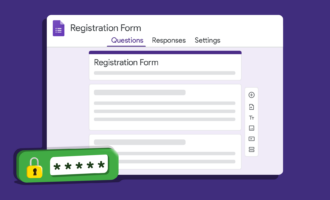



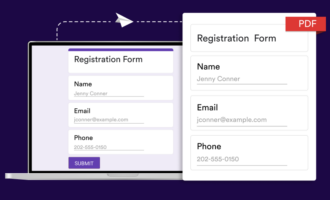









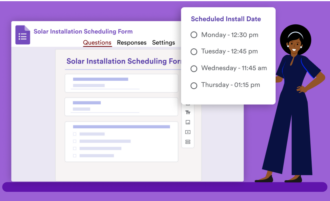






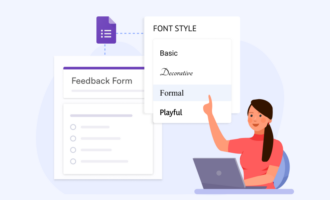





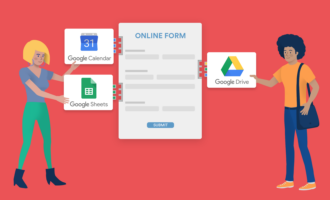
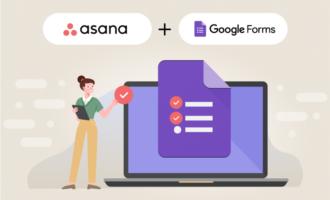
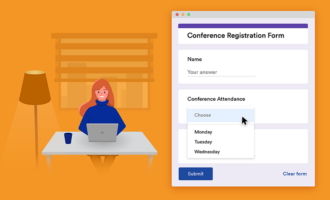






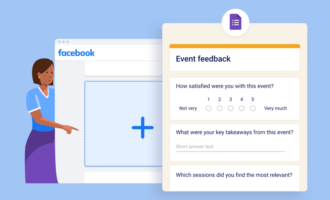

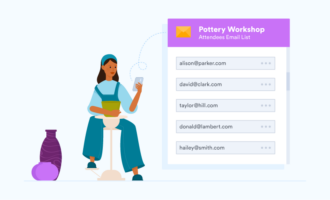




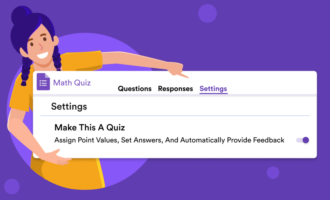



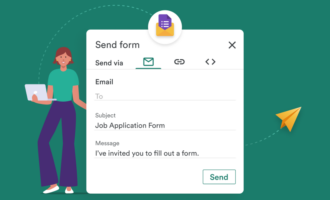






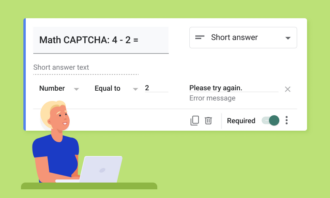







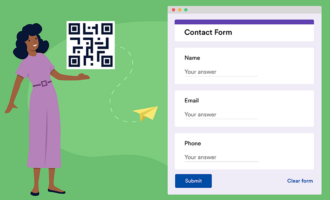






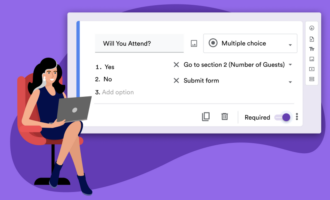

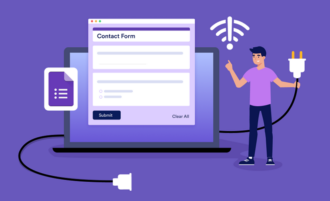









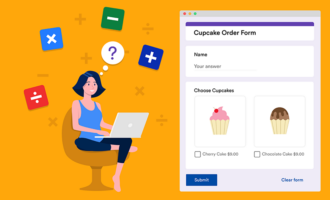
Send Comment: